Daisies are sun-loving outdoor plants, and since they remain maximum time in the sun, they rarely get infected by bugs. However, when pests infest the daisy plants it can be really harmful to the plants. We will find out why the bugs might attack your daisies and how you can help your plant keep them away.
Bugs like whiteflies, spider mites, aphids, thrips, and mealybugs can infest daises. The most common causes of pest infestation are excess humidity, overwatering, lack of air circulation, and poor lighting conditions. You can use organic pesticides or neem oil to keep the pests away.
You can also use a spray made by mixing soap and oil to kill or remove the bugs. If you keep misting your plant with neem oil solution every month, the chances are minimal that your plant will be infested from bugs.
To identify and get rid of the bugs, you will need to check your daisies regularly so that your plant can remain healthy.
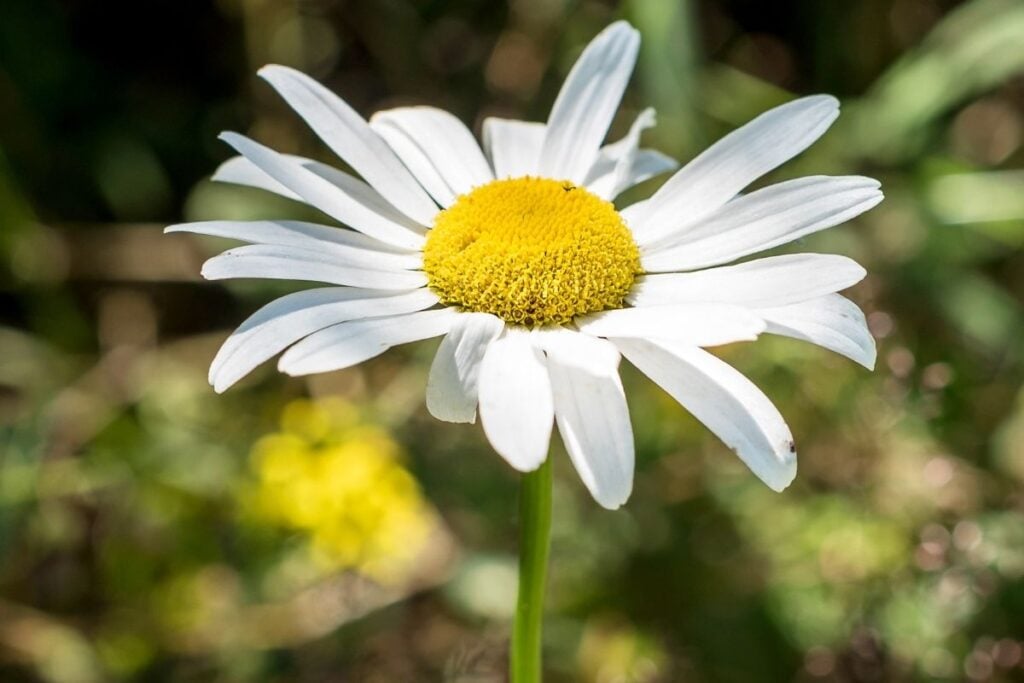
Common bugs in daisies
- Whiteflies
- Spider mites
- Aphids
- Thrips
- Mealybugs
To identify which insect is infesting your plant, you need to look for the signs bet your daisies are displaying to you.
Whiteflies
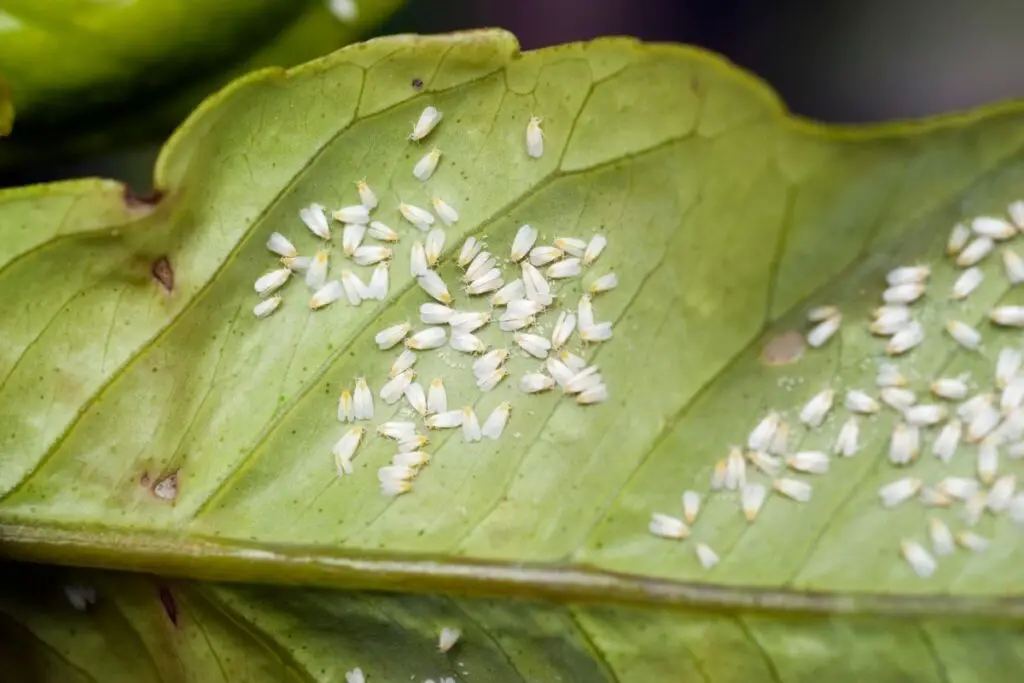
Identification
- Tiny white bugs are looking like flies in the adult stage.
- At a nymphal stage, small, flattened, oval scales with no apparent legs.
- At the nymphal stage, do not look like a typical insect with no prominent head, thorax, and abdomen.
- Mature nymphs look like very tiny winged moths.
- Found on top of leaves.
Signs
- White waxy material covering leaves and fronds.
- The Insects produce a sugary substance called honeydew.
- Fungal disease like sooty mold is formed on leaves.
- Due to honeydew, ants are also attracted.
- Yellow leaves.
- Stunted growth.
- Transmit plant viruses.
Spider mites
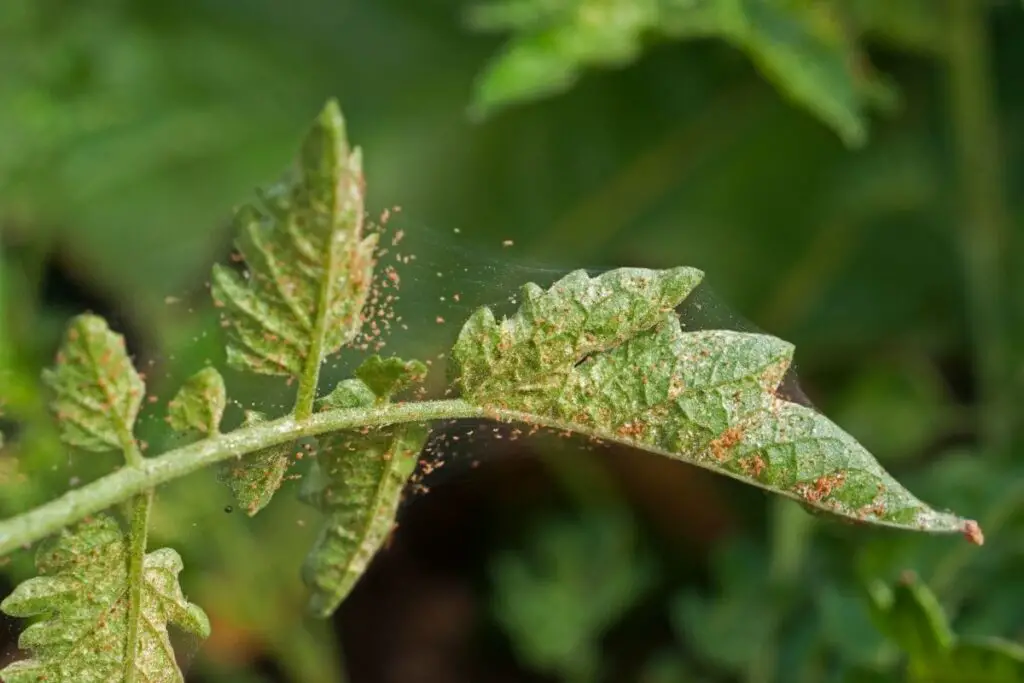
Identification
- These are relatives of spiders.
- Silvery dots like patterns or stripling on the leaves.
- Found on the undersides of the leaves.
- Cannot see easily from the naked eyes.
- They target the stomata of the leaves.
- They are reddish-brown or pale in color.
- They pierce leaf tissue and suck the plant fluids.
Signs
- Holes on the leaves.
- Tiny spots on the leaves.
- Discoloration of leaves and flowers.
- Weak looking plant.
- Curling of the leaves.
- Brown spots on the leaves.
- Wilting of the plany.
Aphids
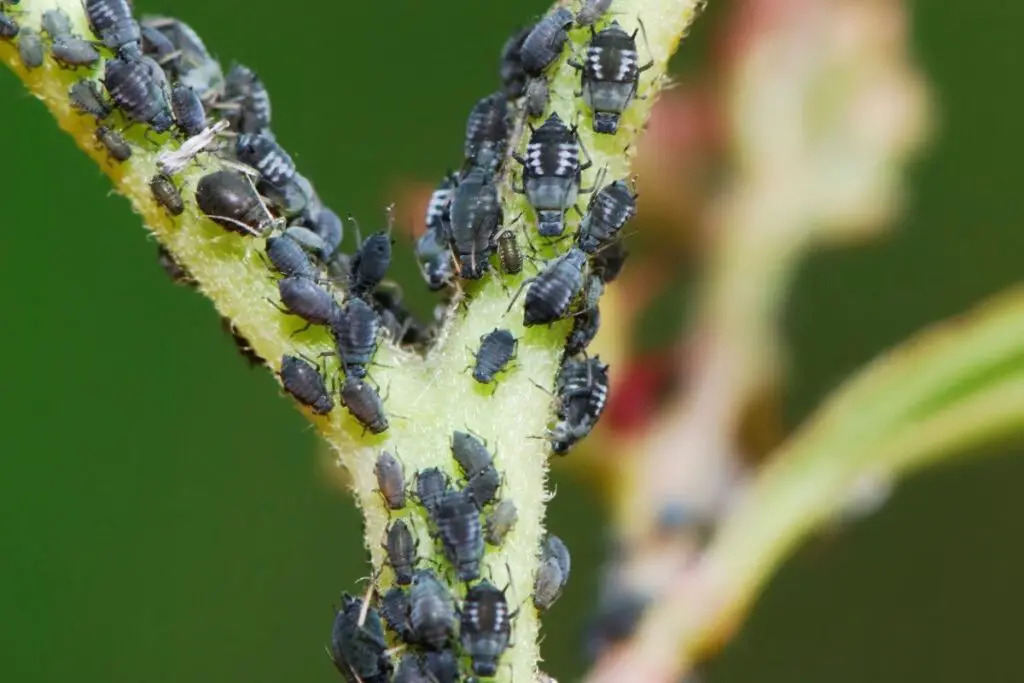
Identification
- Like whiteflies, they secrete honeydew which leads to sooty mold.
- They vary in color.
- They exhibit different shapes and sizes.
- They are very tiny and soft-bodied bugs.
Signs
- These bugs inhibit photosynthesis.
- Plants are deprived of energy due to aphids.
- The vigor of the plant is declined.
- Feeble growth.
- Yellowing of leaves.
- Wilting and curling.
Looking for gardening supplies? We have tested 100's of products before recommending them to you guys. Check out our best pick below:
| Image | Gardening Supplies | Best Price? |
|---|---|---|
 Top
Top Top
Top | Raised Garden Bed Kit | Check On Amazon |
 | XLUX Soil Moisture Meter, Plant Water Monitor, Soil Hygrometer Sensor for Gardening, Farming, Indoor and Outdoor Plants, No Batteries Required | No Results |
 Top
Top Top
Top | 82 Pcs Garden Tools Set and Extra Succulent Tools Set | Check On Amazon |
 | Joeys Garden Expandable Garden Hose with 8 Function Hose Nozzle, Lightweight Anti-Kink Flexible Garden Hoses, Extra Strength Fabric with Double Latex Core, (50 FT, Black) | No Results |
 Top
Top Top
Top | Dual Chamber Compost Tumbler | Check On Amazon |
 Top
Top Top
Top | Sunnyglade Plant Stakes | Check On Amazon |
 Top
Top Top
Top | Organic Cold Pressed Neem Seed Oil | Check On Amazon |
 Top
Top Top
Top | Mighty Mint Gallon :-Insect and Pest Control Peppermint Oil | Check On Amazon |
 Top
Top Top
Top | Scotts DiseaseEx Lawn Fungicide | Check On Amazon |
 Top
Top Top
Top | Jacks Classic 20-20-20 All Purpose Fertilizer | Check On Amazon |
 Top
Top Top
Top | 30,000 Seeds Pollinator Attracting Wildflower Mixture | Check On Amazon |
 Top
Top Top
Top | Survival Vegetable Seeds Garden Kit-Over 16,000 Seeds | Check On Amazon |
Thrips
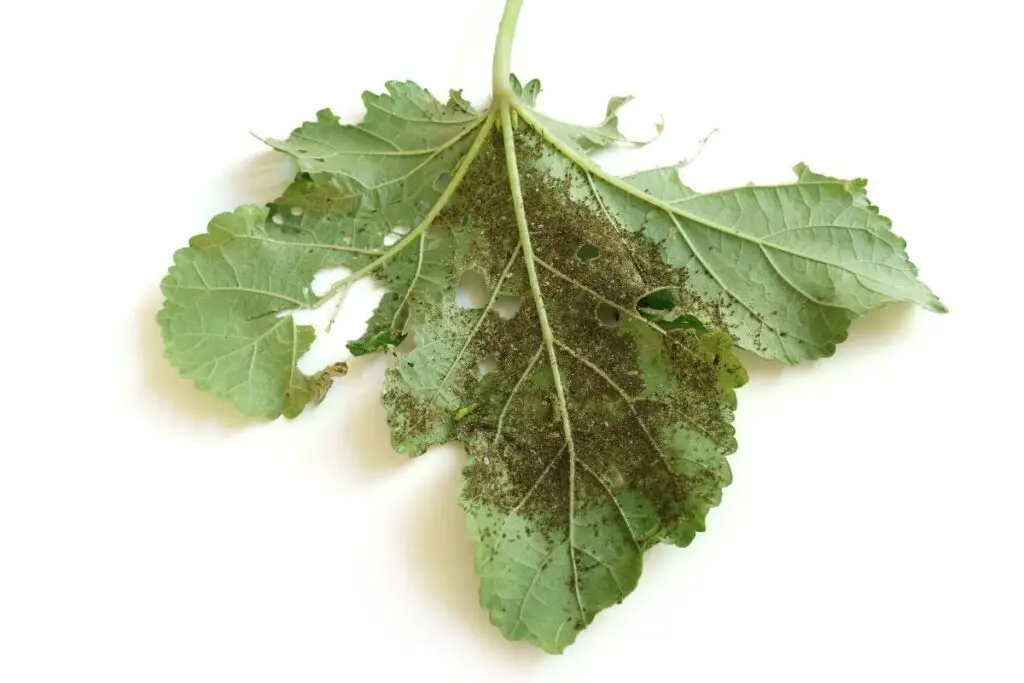
Identification
- Tiny black specks on leaves and buds.
- Not easy to identify, so you need to use a magnifying glass.
- To identify easily, you need to bang the branch or stem over a white sheet of paper.
- Use blue or yellow sticky cards as thrips are attracted to these colors.
Signs
- Deformed young leaves.
- Some areas on leaves become yellow speckled.
- Older leaves appear silvery.
- Spotted flowers.
- Sports of excreta left by thrips on leaves.
- Small insects can also be seen under the leaves and on the flowers.
Mealybugs
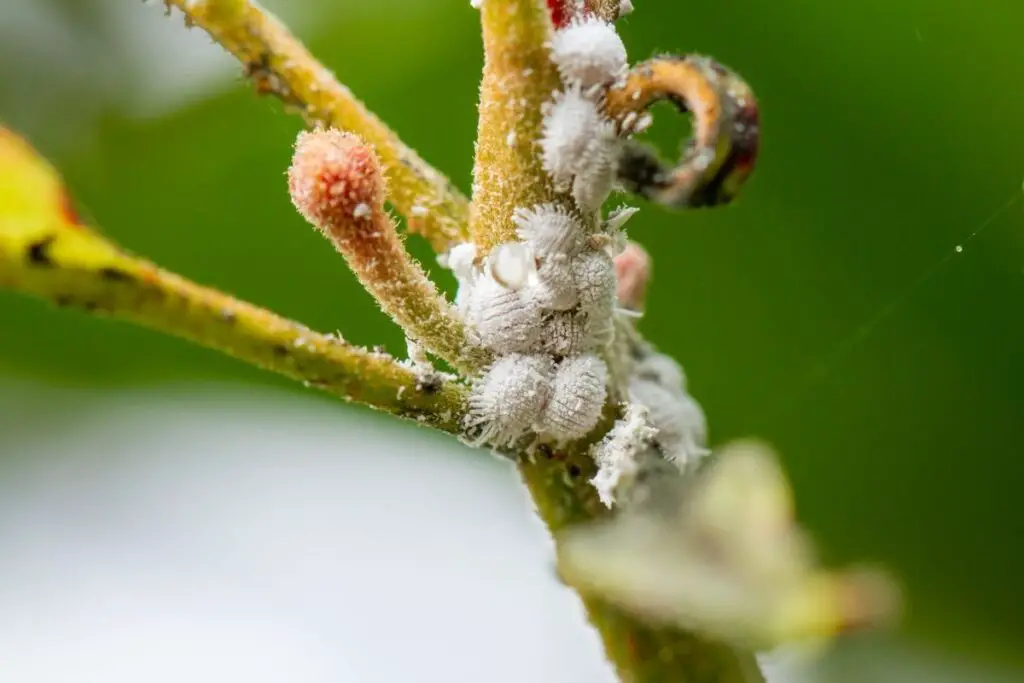
Identification
- Segmented body.
- Soft, sticky, and hairy bugs.
- Oval-shaped body.
- The resemblance with cotton.
- Feed on the sap of the plant.
Signs
- They attract ants around the plant.
- Result in yellow leaves.
- Leaves tend to fall off.
- They start damaging the roots first.
- Generally found under the leaves.
Why my daisies have bugs?
Many factors can result in pest infestation. Below are some significant factors:
- Overwatering
- High humidity
- Poor soil ventilation
Overwatering
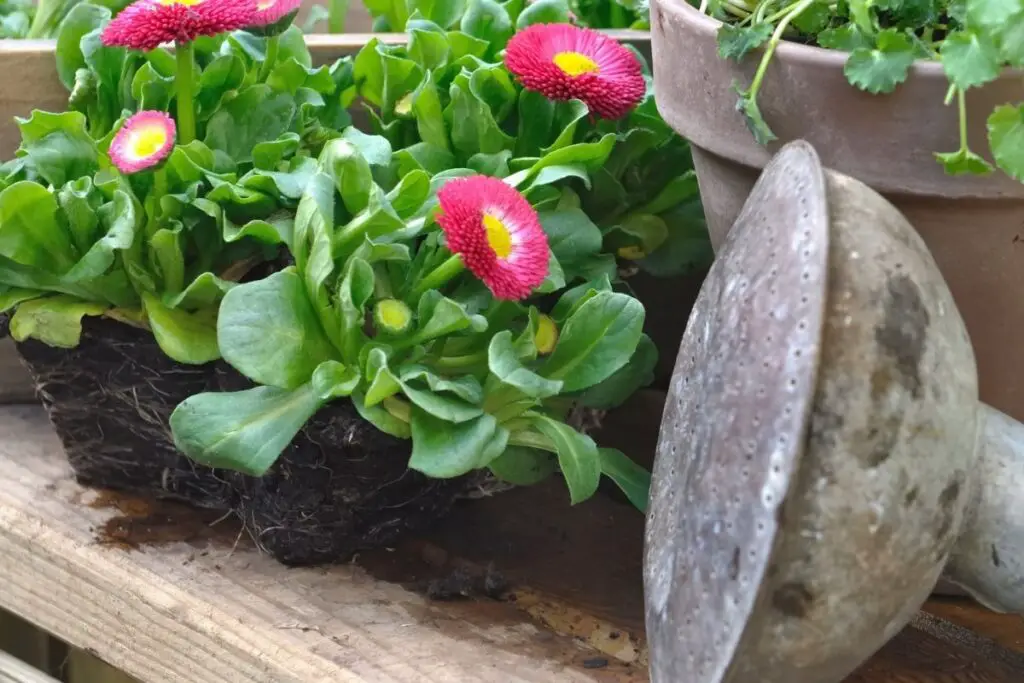
Daisies don’t like to remain soggy at their feet. These moist conditions attract bugs and pests. If you keep watering your plant continuously, they will not get enough time to dry themselves. Due to access to water, not only the pests will be invited, but also the roots will start rotting.
A thriving ground for pests will be created in the moist overwatered soil. The plant has to suffer due to pest infestation and overwatering, which can lead to the loss of the plant.
The drainage plays a very crucial role while watering the daisies. The plant needs to dry out once you water it, and you need to water it again only when you see that the soil is completely losing the moisture.
If the sand content in the soil is not enough to give it good drainage, it can leave the ground soggy.
Also read: How Much Water Do Daisies Need? (Daisy Water Requirements)
High humidity
For sun-loving plants like daisies, high humidity can be an issue. Therefore, they need very well-draining soil. If the clay content is more in the soil, it can hold more moisture than it requires, harming the plants.
A moist environment is ideal for the pests to thrive because they need moisture for their growth. Due to this reason, they get naturally attracted to humid conditions.
If daisies stay in high humidity conditions for a long time, they will gradually show signs like wilting and yellowing. It can serve as a home for pests and bugs, which can lead to the death of the plant.
Poor soil ventilation
Daisies like a good draining soil and like it aerated environment for the roots to breathe correctly and stay healthy to thrive. It is the reason you need to choose a spot in your garden to plant your daisies, which receives enough airflow; otherwise, it can attract bugs and pests.
If the place is not ventilated correctly, it can become a breeding ground for bacteria and fungus, which will lead to root rot. It makes it more accessible for pests to attack the plants.
Also read: What Kind Of Soil Do Daisies Need? (Daisy Soil Requirements)
How to get rid of bugs on daisies?

Once you determine that the plant is getting infested by the bugs, immediate measures must be taken to control the infestation and revive the plant.
Both organic and chemical methods can be used to treat pests. You can choose any of the ways at your convenience.
Prune and isolate
You need to identify the part of the plant which is infested by the bugs. Once you have determined, you will need to trim that part so that the remaining plant is not infested. Dispose of the piece entirely, which was plagued and cut away.
Note: Sanitize the part of the plant from where you removed the infested branches or stem and disinfect the area around.
Spray with plant-based miticides
The miticides, which are plant-based, contain readily available natural ingredients. It does not harm the plant and treats pests effectively.
Try the solution on a single leaf first to test and avoid any harm.
Below are some effective sprays mentioned:
- Pyrethrum: This solution affects the nervous system of insects and kills them. It is derived naturally from the chrysanthemum.
- Neem oil: Neem oil can be used for treating all kinds of insects. It is derived from the seeds of neem trees and also works as an insect repellant. For complete relief, you will need to apply neem oil regularly to the plant.
- Horticulture oil: Horticulture oil is an effective treatment for bugs and pests. You need to dilute the oil with water and spray it all over the plant. It is nontoxic for both plants and humans.
Make your herbal tea miticide
Tea made of cinnamon is a great way to treat pests but is often overlooked. You will need one tablespoon cinnamon, one tablespoon cloves, to a quarter of water to make this tea. You will need to boil the mixture and add crushed garlic after it cools down.
Let it cool after you strain it. Add one tablespoon dish soap to the mixture and use it as a spray by pouring it into a spray bottle. You can spray it on the leaves and affected areas every 2 to 3 days till the plant is wholly revived.
Use household chemicals
Instead of using fancy medicide’s you can also create your own medicine from the kitchen. You can look for a few things to prepare homemade insecticides and pesticides:
- Rubbing alcohol: Alcohol can be very effective when it comes to deterring pests. Dilute the alcohol with water and spray it on your daisies, or else you can wipe believes with the solution. Mix equal amounts of water and drink to make the spray.
- Dish soap solution: An easy way to treat the pests is by mixing one tablespoon liquid dish soap with 1-liter water and spraying it. Then wash the plant with plain water.
Note: Always check the directions and precautions mentioned on the label before applying while you are buying pesticides, insecticides, and chemicals.
Shower your plant
To deal with the pests, you can shower your plants especially washing the undersides of the leaves properly.
It can be done while watering the plant but make sure that excess water is drained out completely. Also, do it in the morning when there is bright sunlight so that the plant gets enough time to dry out.
Even if, after trying everything, if you cannot revive the plant, you need to trim the damaged stem and leaves. After cutting down all the damaged portions, you will need to disinfect the area after cleaning it thoroughly.
How to prevent bugs on Daisies?
- Make sure the plant is kept in an area where there is bright sunlight throughout the day.
- Bugs and pests are attracted in humid conditions, so make sure that the plant’s moisture level is appropriate and not overwatered.
- Do not mist around the buds and leaves, as it can make the plant moist and humid, which can be a breeding ground for the pests.
- Neem oil can be a very good preventive miticide for your daisies.
- Avoid over-fertilizing the plant as it can make the plant vulnerable.
- Keep your daisies clean without making them moist for long this will keep the pests away.
Ref: Wikipedia, Britannica, University Of Florida, Ucanr.edu
